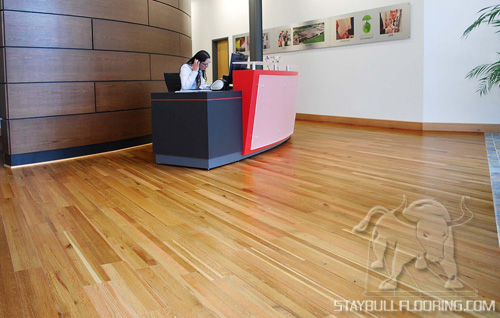
When choosing a floor for their home, many people immediately consider how it will look, feel, or sound, but something that they may not consider right away is how it will effect their health. Unfortunately, many common flooring options do not rate very well in this area. Here are some reasons to choose hardwood flooring.
These unhealthy flooring choices emit substances called VOC’s (Volatile Organic Compounds). These are chemicals that turn into gas at room temperature, and many of them have negative impacts on people’s health. Carpet, vinyl, laminate, and bamboo floors are all VOC-emitting culprits, and having them in your home can lead to problems such as headaches, nausea, asthma, and even cancer. Even plywood, found in many subfloors, can emit VOC’s.
Where do these VOC’s come from? Some options, like vinyl flooring, are made up of them. In wood flooring products like bamboo, VOC’s usually come from the adhesives or other additives. In such cases, it is possible to find VOC free products, so long as the manufacturer has not used VOC-emitting glues or finishes. With regard to plywood subfloors, there are alternative materials you can use, or you can investigate sealants to keep the gases from escaping into your living area.
So how can you be sure that you are not bringing VOC’s into your home? Eco-Friendly Staybull Flooring uses safe glues to create its recycled wood flooring, and protects it with the VOC free Eco-Shield finish. We promise that our flooring is completely free of any VOC-emitting additives, making it the perfect healthy choice for your home and family.
